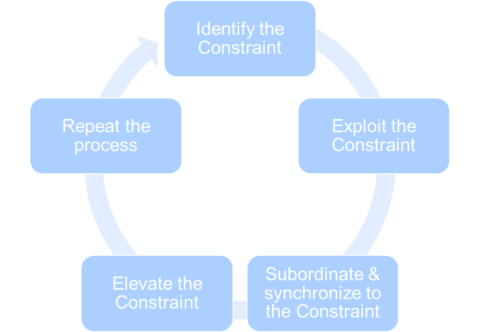Shift Scheduling – Optimizing Plant Performance
Managing shift schedules across multiple production lines requires balancing workforce allocation, machine utilization, and cost efficiency. Optimizing shift patterns can reduce bottlenecks, improve plant-wide efficiency, and enhance output.

Challenges
- Multi-line operations: How to align different shift schedules across machining, assembly, and logistics?
- Production constraints: How do shift patterns impact bottlenecks and plant-wide efficiency?
- Workforce allocation: Which shifts optimize machine utilization and minimize downtime?
- Cost vs. output: How can shift scheduling improve throughput without increasing labor costs?
- Industry-specific demands: How do shift variations affect performance in hospitals, manufacturing, and logistics?
How Simulation Helps
inFACTS Studio enables companies to:
- Optimize shift forms per production area (e.g., machining on two shifts, assembly on three).
- Simulate plant-wide effects of different workforce distributions.
- Analyze how different shift forms impacts on key KPIs like throughput, lead time, and resource utilization.
- Test alternative shift strategies for cost-efficient operations.
Expected Results
- Improved plant performance through synchronized shifts across departments.
- Higher resource efficiency by aligning workforce capacity with production needs.
- Reduced operational costs by optimizing staffing levels without overcapacity.
With inFACTS Studio, businesses can fine-tune shift scheduling to maximize plant-wide efficiency, reduce bottlenecks, and optimize workforce allocation across different production lines and industries.





